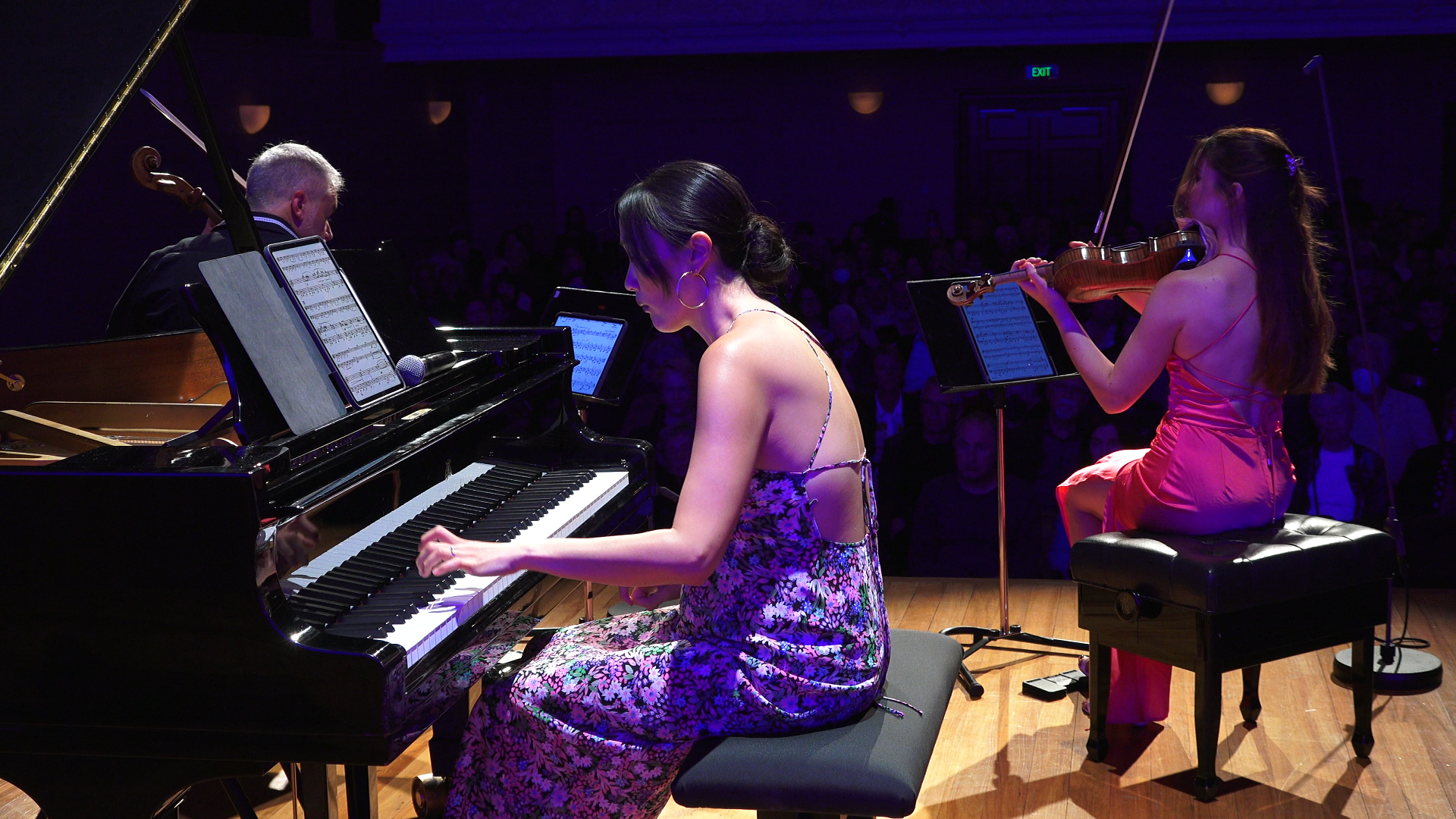The Faraday Cage (2015) – c. 13′
The Faraday Cage
1. Inside the Cage
2. Outside the Cage
3. Inside Out and Outside In
David writes: “An electric field is a force field surrounding a charged particle, such as an electron or proton. A “faraday cage” is designed to block external static electric fields. Usually the “faraday cage” is an enclosure formed by conductive material or by a mesh of such material. Often they are literally cage-like. They may be as simple as a chain-link fence or even an ice bucket, whereas others will be formed from fine metallic mesh. Regardless of appearance, they take electrostatic charges, and distribute them around the exterior of the cage, channeling electricity along and around, but not through, the mesh, providing constant voltage on all sides of the enclosure.
Faraday cages are named after the English scientist Michael Faraday (1791-1867), who invented them in 1836.
The title was the starting point for the work, and suggested sparks and electric currents running around the surface of some object. Beyond that the music is not intended to literally conjure up a “faraday cage” although there is a small musical hint of one. The opening sounds from the piano are the extreme notes of the instrument (lowest A and highest C) – suggesting that this is the inside limit of the cage through which nothing is penetrating. But there’s also incredibly energy on the inside which is trying to escape beyond the cage.
In the second movement (“Outside the Cage”) the same two notes in the mid-range (A below middle C and the C an octave above) represent the cage, and in this section the music never ventures inside these pitch boundaries – except at the very end of the movement where the cello’s open A string is used in the final chords. The final movement, “Inside Out and Outside In”, is an energetic free-for-all and suggests the energy of the electric field being diverted around the cage, twisting and turning this way and that. Alert listeners will spot significant use of the notes C-A-G-E in the opening bars of this section of the work!”
Commissioned by NZTrio with funding from Creative New Zealand.

